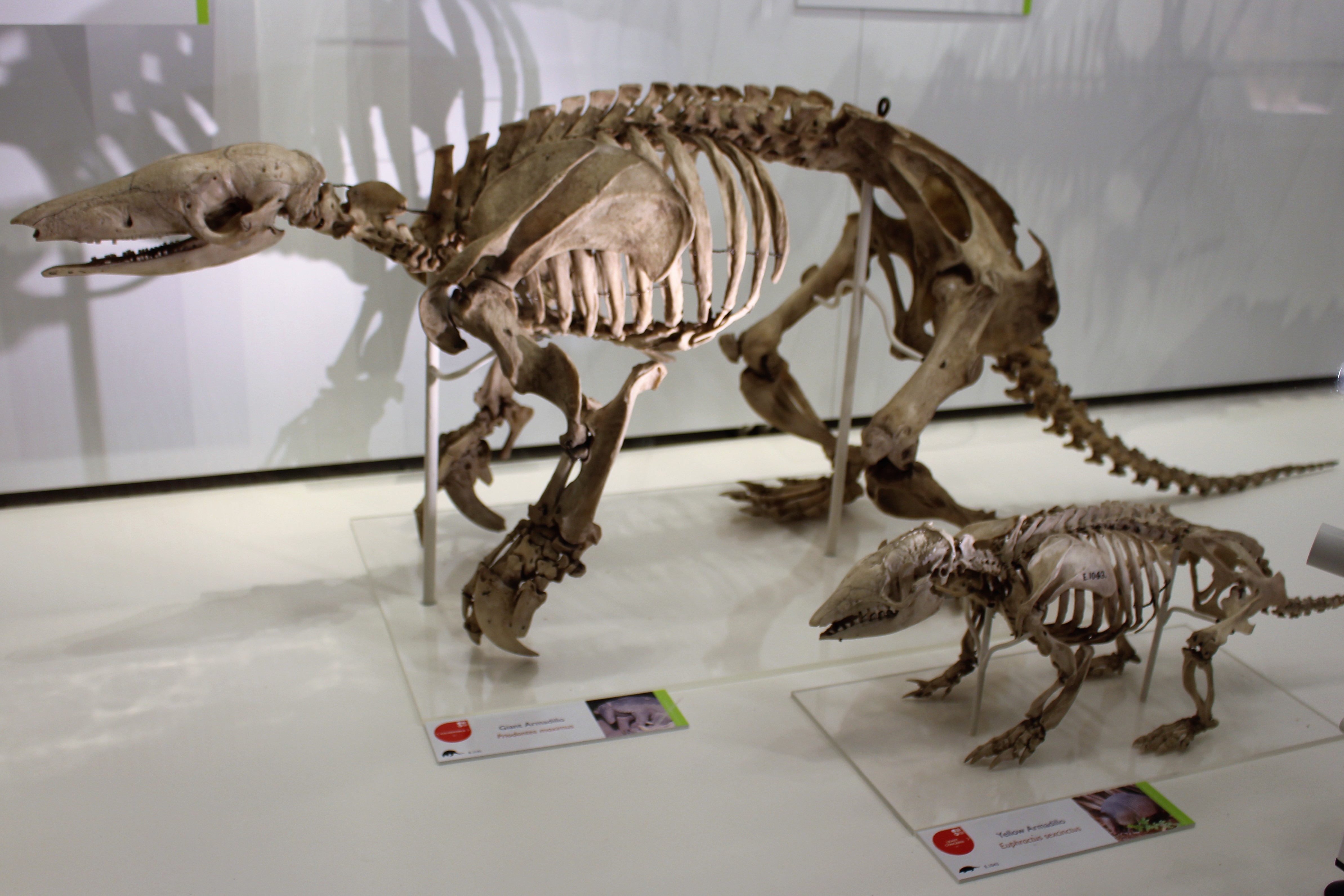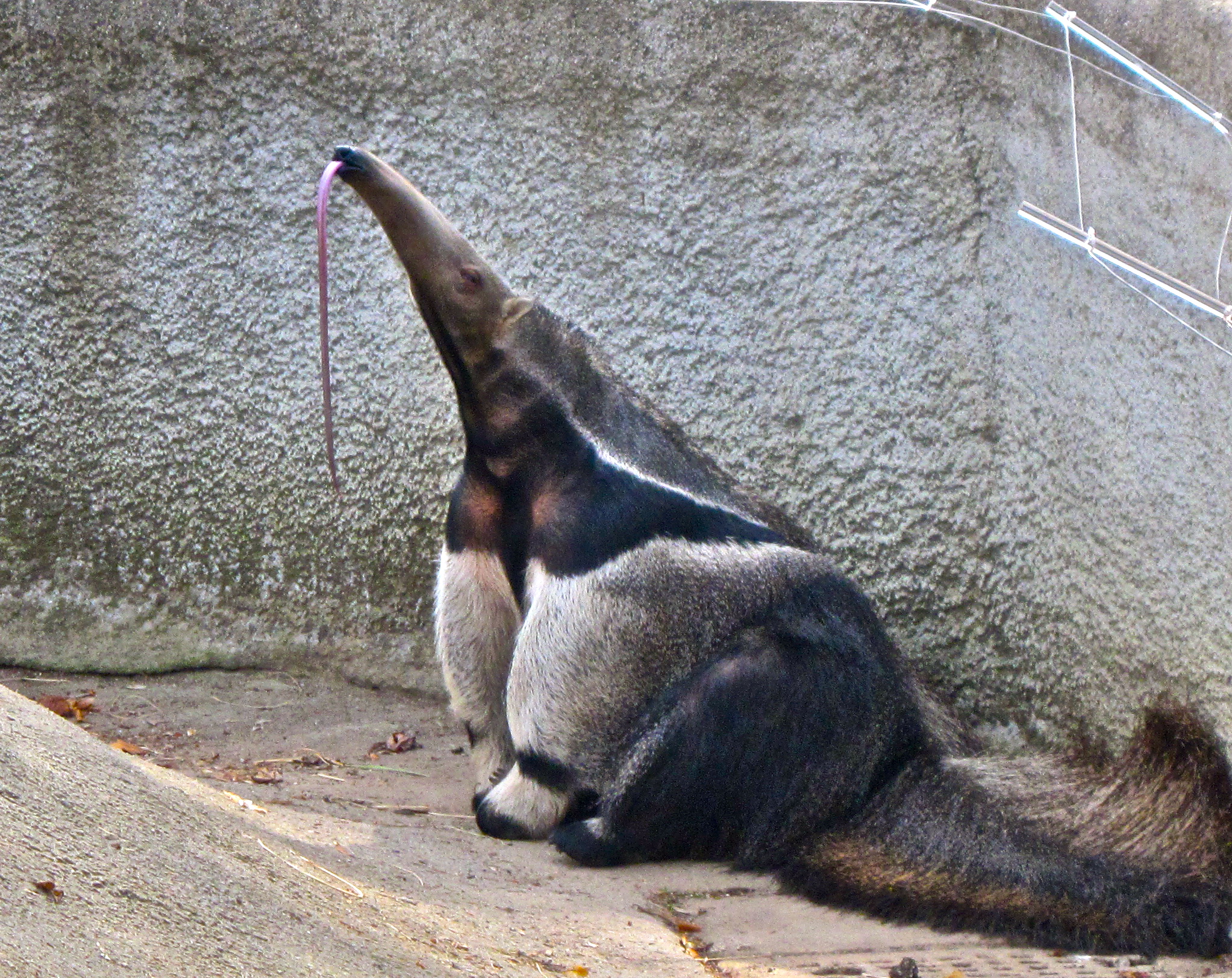|
Contagem Biological Reserve
The Contagem Biological Reserve ( pt, Reserva Biológica da Contagem) is a biological reserve in the Federal District, Brazil. It protects an area of the Cerrado biome, and provides an ecological corridor linking the Brasília National Park and the Maranhão River basin. The reserve is threatened by human intrusions from the built-up areas within it and surrounding it. Location The Contagem Biological Reserve covers in the cerrado biome. It is in the administrative region of Sobradinho in the north of the Federal District, bounded to the south by the DF-001 highway and the Brasília National Park. The reserve contains the escarpment and top of the Chapada da Contagem, with altitudes from . The escarpment is steep while the top is relatively flat. It is between the basin of the Maranhão River in the Tocantins River basin, and that of the São Bartolomeu River in the Paraná River basin. The reserve includes two water intakes in the Contagem River and Paranoazinho stream that ... [...More Info...] [...Related Items...] OR: [Wikipedia] [Google] [Baidu] |
Biological Reserve (Brazil)
A biological reserve ( pt, Reserva biológica, Rebio) in Brazil Brazil ( pt, Brasil; ), officially the Federative Republic of Brazil (Portuguese: ), is the largest country in both South America and Latin America. At and with over 217 million people, Brazil is the world's fifth-largest country by area ... is a legally defined type of protected area of Brazil, a conservation unit that aims for full preservation of biota and other natural attributes without human interference. It may be visited only with prior approval of the responsible agency, and only for research or educational purposes. Definition A "Biological reserve" in Brazil is one of the Integral Protection Units defined by Article 13 of Law No. 9,985 of 18 July 2000, National System of Conservation Units (SNUG). The biological reserve is public property. When it is established any private lands within its limits are expropriated. The manager of the biological reserve must prepare a management plan for approval ... [...More Info...] [...Related Items...] OR: [Wikipedia] [Google] [Baidu] |
Goiás
Goiás () is a Brazilian state located in the Center-West region. Goiás borders the Federal District and the states of (from north clockwise) Tocantins, Bahia, Minas Gerais, Mato Grosso do Sul and Mato Grosso. The state capital is Goiânia. With 7.2 million inhabitants, Goiás is the most populous state in the Center-West and the 11th most populous in the country. It has the ninth largest economy among Brazilian federative units. In Brazil's geoeconomic division, Goiás belongs to the Centro-Sul (Center-South), being the northernmost state of the southern portion of Brazil. The state has 3.3% of the Brazilian population and is responsible for 2.7% of the Brazilian GDP. The history of Goiás dates back to the beginning of the 18th century, with the arrival of pioneers from São Paulo. The Rio Vermelho region was the first to be occupied, where Vila Boa (later renamed Goiás) was founded. The development and settlement of the state took place, in a more intensified way, start ... [...More Info...] [...Related Items...] OR: [Wikipedia] [Google] [Baidu] |
Biological Reserves Of Brazil
Biology is the scientific study of life. It is a natural science with a broad scope but has several unifying themes that tie it together as a single, coherent field. For instance, all organisms are made up of cells that process hereditary information encoded in genes, which can be transmitted to future generations. Another major theme is evolution, which explains the unity and diversity of life. Energy processing is also important to life as it allows organisms to move, grow, and reproduce. Finally, all organisms are able to regulate their own internal environments. Biologists are able to study life at multiple levels of organization, from the molecular biology of a cell to the anatomy and physiology of plants and animals, and evolution of populations.Based on definition from: Hence, there are multiple subdisciplines within biology, each defined by the nature of their research questions and the tools that they use. Like other scientists, biologists use the scientific ... [...More Info...] [...Related Items...] OR: [Wikipedia] [Google] [Baidu] |
IUCN Protected Area Categories
IUCN protected area categories, or IUCN protected area management categories, are categories used to classify protected areas in a system developed by the International Union for Conservation of Nature (IUCN). The enlisting of such areas is part of a strategy being used toward the conservation of the world's natural environment and biodiversity. The IUCN has developed the protected area management categories system to define, record and classify the wide variety of specific aims and concerns when categorising protected areas and their objectives. This categorisation method is recognised on a global scale by national governments and international bodies such as the United Nations and the Convention on Biological Diversity. Categories Category Ia – strict nature reserve A strict nature reserve (IUCN Category Ia) is an area which is protected from all but light human use in order to protect its biodiversity and also possibly its geological/geomorphical features. These areas ... [...More Info...] [...Related Items...] OR: [Wikipedia] [Google] [Baidu] |
Giant Armadillo
The giant armadillo (''Priodontes maximus''), colloquially ''tatu-canastra'', ''tatou'', ''ocarro'' or ''tatú carreta'', is the largest living species of armadillo (although their extinct relatives, the Glyptodontidae, glyptodonts, were much larger). It lives in South America, ranging throughout as far south as northern Argentina. This species is considered vulnerable to extinction. The giant armadillo prefers termites and some ants as prey, and often consumes the entire population of a termite mound. It also has been known to prey upon worms, larvae and larger creatures, such as spiders and snakes, and plants. Some giant armadillos have been reported to have eaten bees by digging into beehives. At least one zoo park, in Villavicencio, Colombia – ''Los Ocarros'' – is dedicated to this animal. Description The giant armadillo is the largest living species of armadillo, with 11 to 13 hinged bands protecting the body and a further three or four on the neck. Its body is dark ... [...More Info...] [...Related Items...] OR: [Wikipedia] [Google] [Baidu] |
Giant Anteater
The giant anteater (''Myrmecophaga tridactyla'') is an insectivorous mammal native to Central and South America. It is one of four living species of anteaters, of which it is the largest member. The only extant member of the genus ''Myrmecophaga'', it is classified with sloths in the order Pilosa. This species is mostly terrestrial, in contrast to other living anteaters and sloths, which are arboreal or semiarboreal. The giant anteater is in length, with weights of for males and for females. It is recognizable by its elongated snout, bushy tail, long fore claws, and distinctively colored pelage. The giant anteater is found in multiple habitats, including grassland and rainforest. It forages in open areas and rests in more forested habitats. It feeds primarily on ants and termites, using its fore claws to dig them up and its long, sticky tongue to collect them. Though giant anteaters live in overlapping home ranges, they are mostly solitary except during mother-offspring rel ... [...More Info...] [...Related Items...] OR: [Wikipedia] [Google] [Baidu] |
Bokermannohyla Pseudopseudis
''Bokermannohyla'' is a genus of frogs in the family Hylidae. It was erected in 2005 following a major revision of the Hylidae. Twenty-three species previously placed in the genus ''Hyla'' were moved to this genus named in honor of Werner Carlos Augusto Bokermann, Brazilian herpetologist. The genus is endemic to southern Brazil Brazil ( pt, Brasil; ), officially the Federative Republic of Brazil (Portuguese: ), is the largest country in both South America and Latin America. At and with over 217 million people, Brazil is the world's fifth-largest country by area .... Species References Cophomantinae Amphibian genera Endemic fauna of Brazil Taxa named by Jonathan A. Campbell Taxa named by Darrel Frost {{Hylidae-stub ... [...More Info...] [...Related Items...] OR: [Wikipedia] [Google] [Baidu] |
Vanderhaege's Toad-headed Turtle
Vanderhaege's toad-headed turtle (''Mesoclemmys vanderhaegei'') is a species of turtle in the family Chelidae. The species is endemic to South America. Etymology The specific name, ''vanderhaegei'', is in honor of Maurice Vanderhaege, who is an expert in breeding reptiles in terraria.Beolens, Bo; Watkins, Michael; Grayson, Michael (2011). ''The Eponym Dictionary of Reptiles''. Baltimore: Johns Hopkins University Press. xiii + 296 pp. . (''Mesoclemmys vanderhaegei'', p. 272). Description ''M. vanderhaegei'' may grow to a carapace length of . The ellipsoidal carapace, similar to that of ''M. gibbus'' but with a low medial groove, is somewhat serrated with a shallow subcaudal notch, and usually broadest at the 8th marginals and highest on the 3rd vertebral. Some rough striations may occur on the scutes. Vertebrals are broader than long. The carapace is brown to gray or black. The plastron covers much of the carapacial opening, is slightly upturned anteriorly, and is posteriorly not ... [...More Info...] [...Related Items...] OR: [Wikipedia] [Google] [Baidu] |
Yellow-faced Parrot
:''The yellow-fronted parrot (Poicephalus flavifrons) from Africa is occasionally called "yellow-faced parrot".'' The yellow-faced parrot (''Alipiopsitta xanthops''), formerly also known as the yellow-faced amazon, is the only species of the genus ''Alipiopsitta''. It is a Neotropical parrot (tribe Arini), and was classified in the genus ''Amazona'' for many years. It is a predominantly green and yellow-plumaged bird with a yellow head. It is a semi-nomadic species found in the cerrado region of Brazil and adjacent Bolivia. As the yellow-faced parrot has disappeared from parts of its former range due to habitat destruction and generally occurs in low densities, it was considered vulnerable by the IUCN, but it remains locally fairly common, occurs in several protected areas and can survive in fragmented habitats, leading to its downlisting to near-threatened. Taxonomy The German naturalist Johann Baptist von Spix first described the species in 1824 as ''Psittacus xanthops''. Its ... [...More Info...] [...Related Items...] OR: [Wikipedia] [Google] [Baidu] |
Minas Gerais
Minas Gerais () is a state in Southeastern Brazil. It ranks as the second most populous, the third by gross domestic product (GDP), and the fourth largest by area in the country. The state's capital and largest city, Belo Horizonte (literally "Beautiful Horizon"), is a major urban and finance center in Latin America, and the sixth largest municipality in Brazil, after the cities of São Paulo, Rio de Janeiro, Salvador, Brasília and Fortaleza, but its metropolitan area is the third largest in Brazil with just over 5.8 million inhabitants, after those of São Paulo and Rio de Janeiro. Nine Brazilian presidents were born in Minas Gerais, the most of any state. The state has 10.1% of the Brazilian population and is responsible for 8.7% of the Brazilian GDP. With an area of —larger than Metropolitan France—it is the fourth most extensive state in Brazil. The main producer of coffee and milk in the country, Minas Gerais is known for its heritage of architecture and colonia ... [...More Info...] [...Related Items...] OR: [Wikipedia] [Google] [Baidu] |
Tocantins
Tocantins () is one of the 26 states of Brazil. It is the newest state, formed in 1988 and encompassing what had formerly been the northern two-fifths of the state of Goiás. Tocantins covers and had an estimated population of 1,496,880 in 2014. Construction of its capital, Palmas, began in 1989; most of the other cities in the state date to the Portuguese colonial period. With the exception of Araguaína, there are few other cities with a significant population in the state. The government has invested in a new capital, a major hydropower dam, railroads and related infrastructure to develop this primarily agricultural area. The state has 0.75% of the Brazilian population and is responsible for 0.5% of the Brazilian GDP. Tocantins has attracted hundreds of thousands of new residents, primarily to Palmas. It is building on its hydropower resources. The Araguaia and Tocantins rivers drain the largest watershed that lies entirely inside Brazilian territory. The Rio Tocantins ... [...More Info...] [...Related Items...] OR: [Wikipedia] [Google] [Baidu] |





